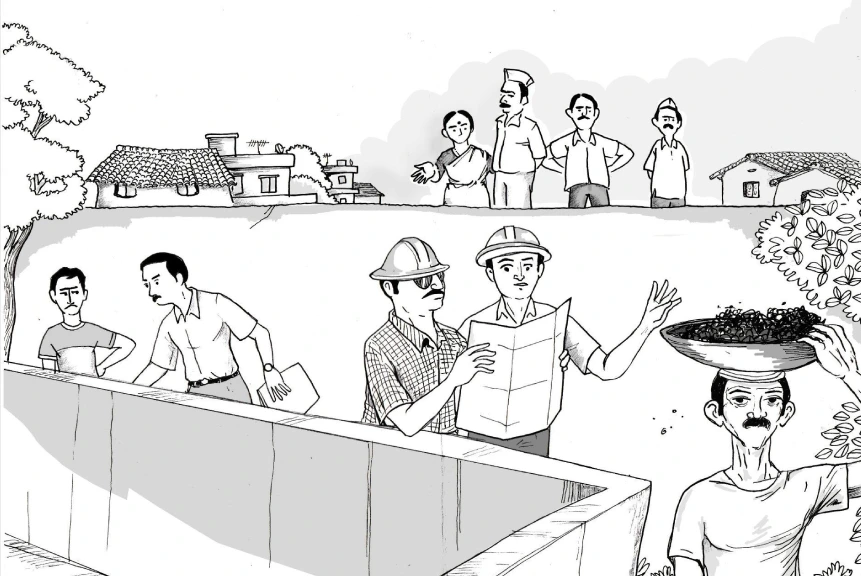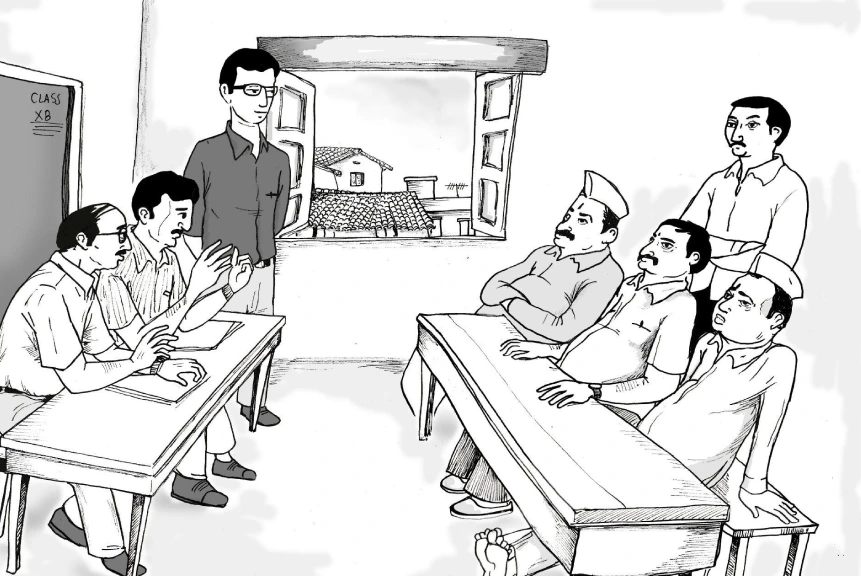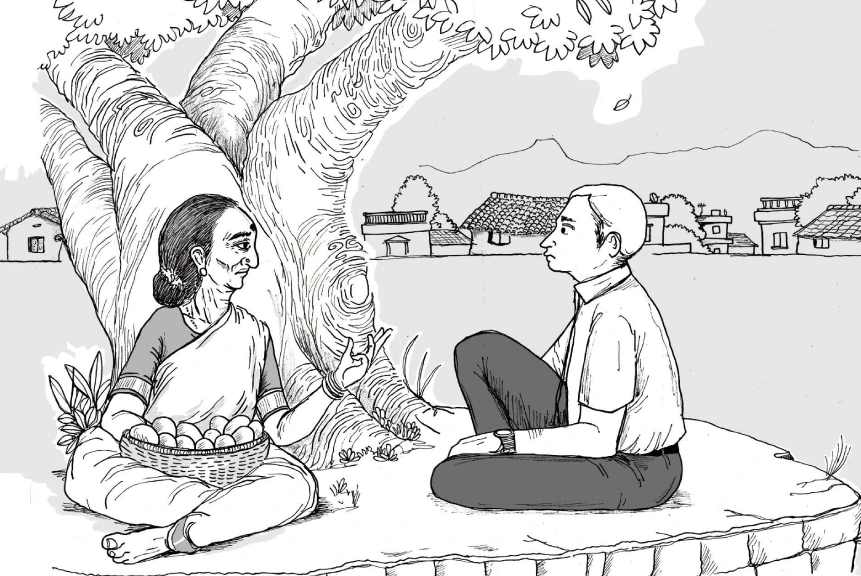When the community pushes back on “development”
When the community pushes back on “development”, PVS Suryakumar, NABARD
At Impact/Failure 2022, PVS Suryakumar, the Deputy Managing Director of NABARD, shared his encounter with failure from his rich experience working with the National Bank for Agriculture and Rural Development (NABARD), the development bank of the country.
The uptake of watershed management was going to be a game-changer that would transform agriculture in the country. Simply put, when rainwater falls, it drains out at a particular point, if we capture at least 30 to 40 per cent of the water, it would seep into the earth and improve agricultural efforts. Over time, NABARD invested money in 2.5 million hectares and spent almost 45 billion rupees in the watershed program.
In one instance, we got a phone call from a project site in Yavatmal, where we had invested close to ₹15 million and had reached the final stages of the project.
Top-Down approach

Setback

The villagers had completely dismantled the engineering structures and demanded that the implementing NGO leave their village. Determined to understand what went wrong, a small team from NABARD requested the community to allow them to visit the village. However, the community members were not welcoming and after several protracted negotiations, the officials were allowed to spend four days in the village from 9 am to 5 pm.
The team interviewed the local authorities, the school teacher, the postman, and other members of the community, but nobody could explain what went wrong, or why the community was upset.
Attempt to resolve conflict

Old Lady’s Insight

Finally, an old lady said to Mr. Suryakumar, ‘Who are you? And what are you doing over here? You are outsiders. How can you come here and change the social order of the village?’ The project had failed to consider the needs of the community before they disrupted the social fabric of the village by imposing their own notions of development.
What if development began by listening to communities and understanding their needs? Perhaps sustainable solutions emerge not from building parallel systems, but from understanding the subtle signals – the rustling grass, if you will – that reveal a community’s true needs and values. Before initiating development projects, we might first need to immerse ourselves in understanding the ecosystem of relationships, traditions, and aspirations that make each community unique.














